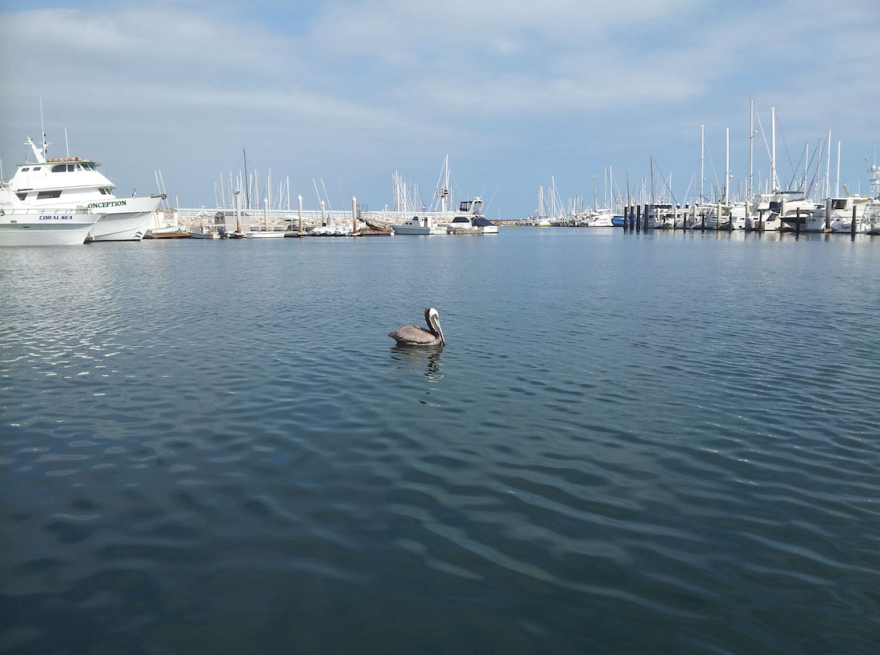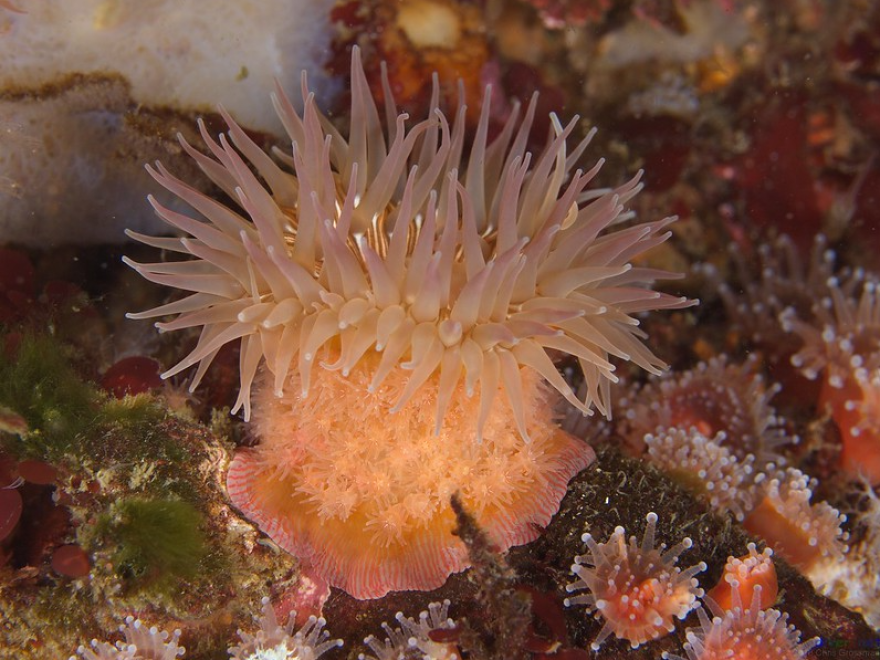Years after the discovery of a marine heatwave nicknamed "The Blob," UCSB researchers found the warming temperatures reshaped the Santa Barbara channel’s ecosystem.
The Blob was first discovered in 2013 by researchers from the University of Washington and has since spread throughout the Pacific Ocean.
Kristen Michaud is a graduate student at UC Santa Barbara who wrote a new study on the Blob's lasting impact.
“Communities were impacted all the way from Alaska all the way down to Baja, California. So it was a pretty major event,” Michaud said.
Between 2014 and 2016, The Blob traveled through the biodiverse Santa Barbara Channel.
Michaud said The Blob led to a major change in the channel’s marine food web. She and her team found that the heat suppressed food sources like phytoplankton, which affected the rest of the food chain.
Populations of sessile marine animals declined drastically, while other satiated sessile species like anemones and mussels were able to survive.

“Both anomalously warm water and a limitation of food for extended periods of time, we were also seeing a shift in the composition of animals that live on the rocky reef itself both during and after The Blob,” Michaud said.
Some species whose population declined during the heatwave have since rebounded to greater numbers. But Michaud said the Blob seems to have permanently altered the structure of the channel’s food chain.
“If we see declines in some species or increases in other species, then this may alter these dynamics. So it's really important that we continue this long-term monitoring to track these changes over time,” Michaud said.
Michaud said with this research available, scientists can examine and prepare for changes brought by warmer temperatures and hopefully find better solutions in the future.
The study is published online at Nature’s Journal of Communications Biology.





